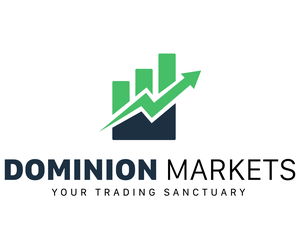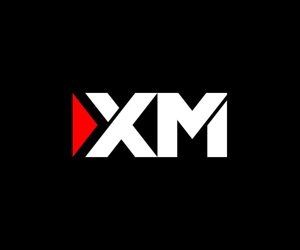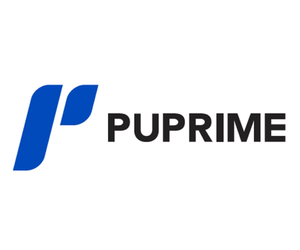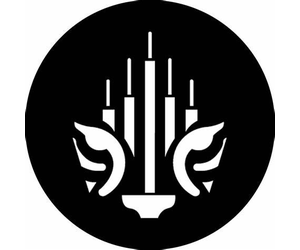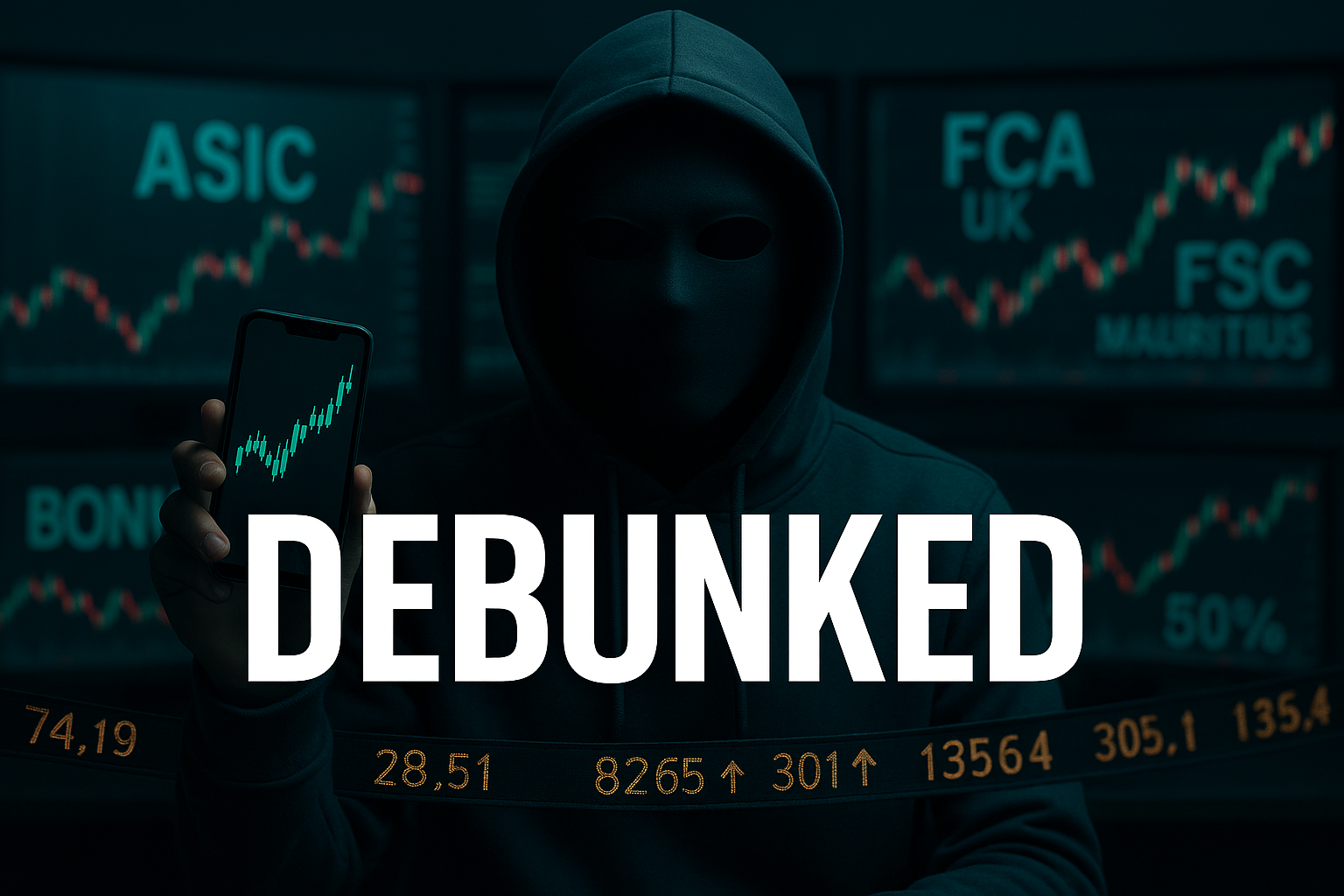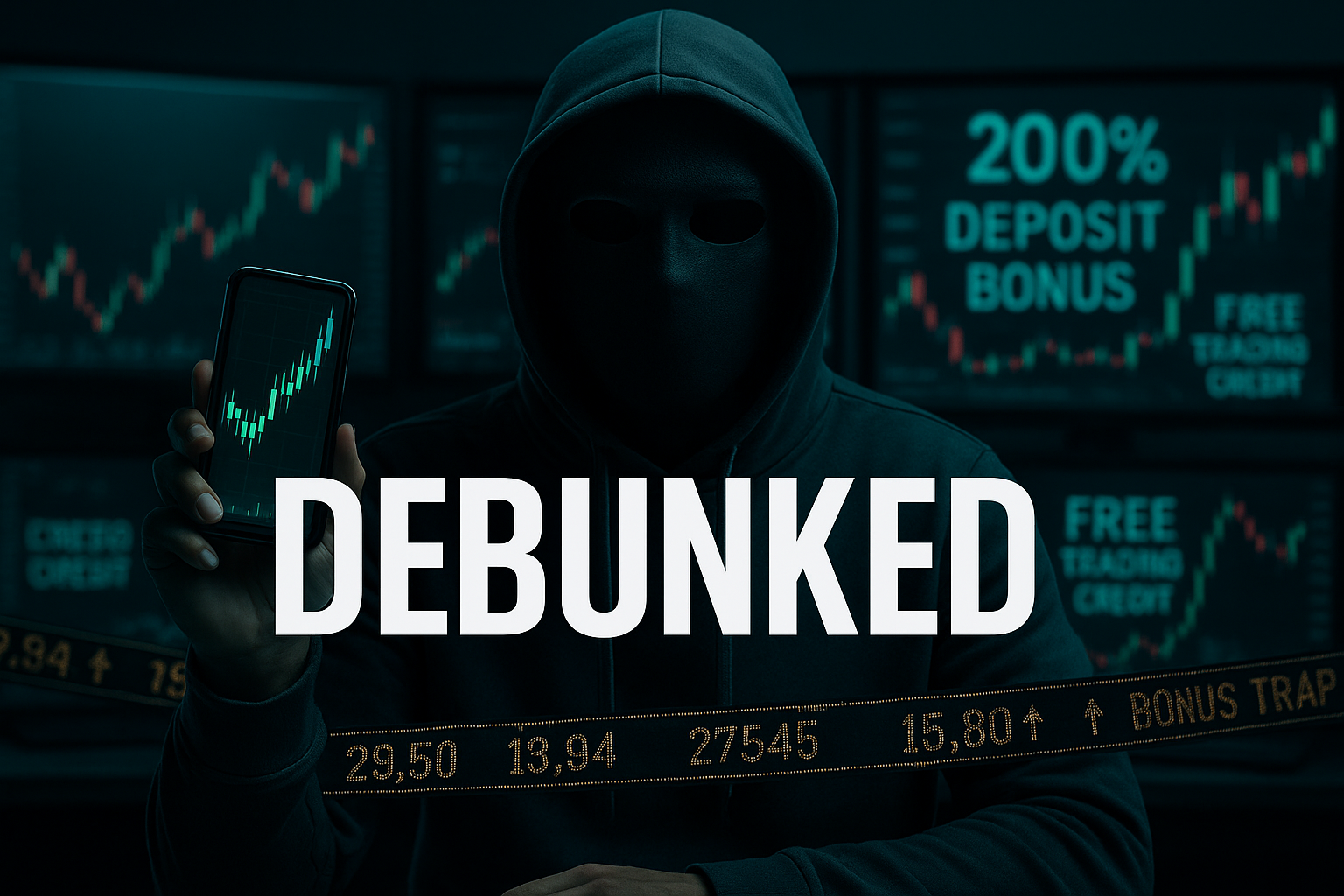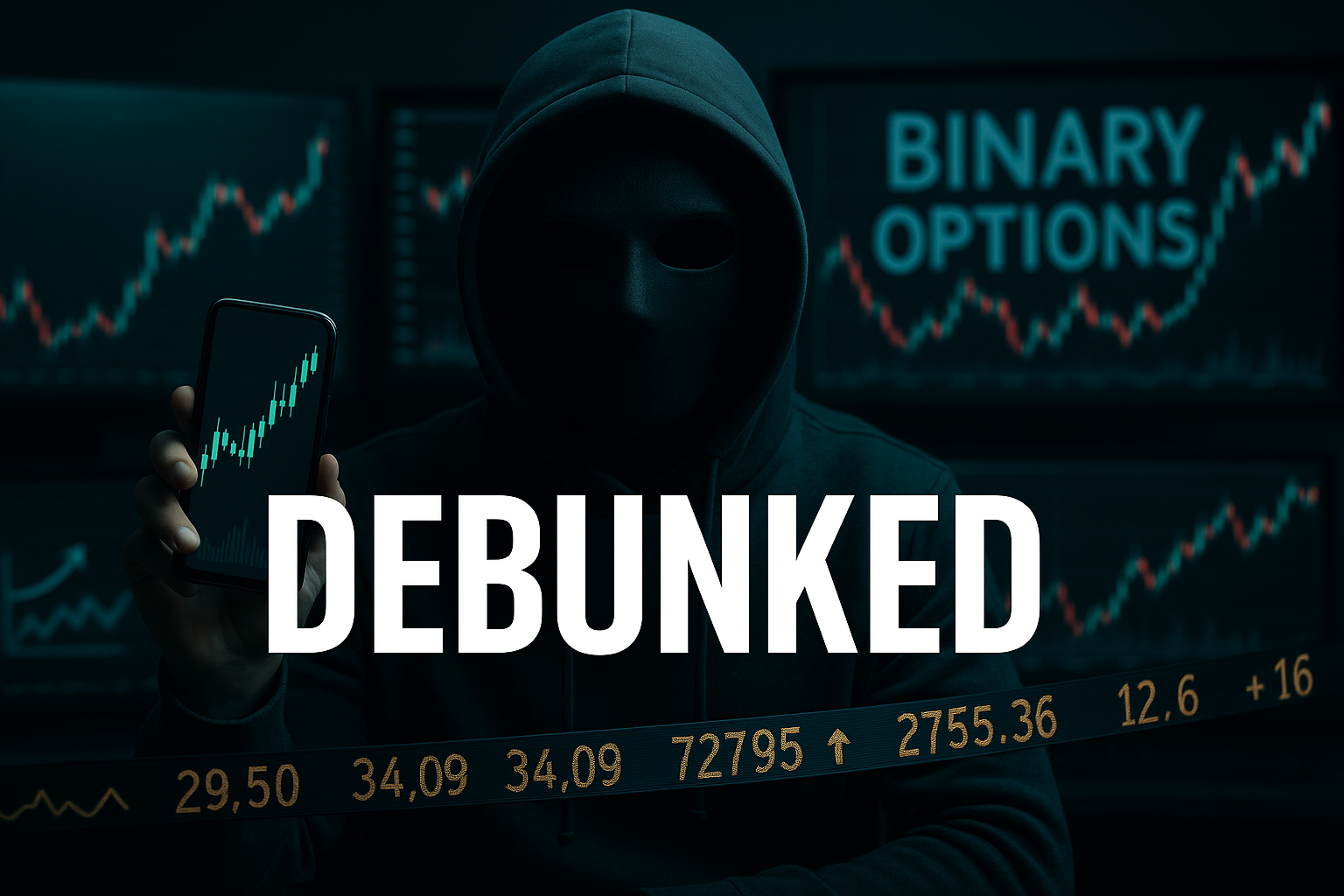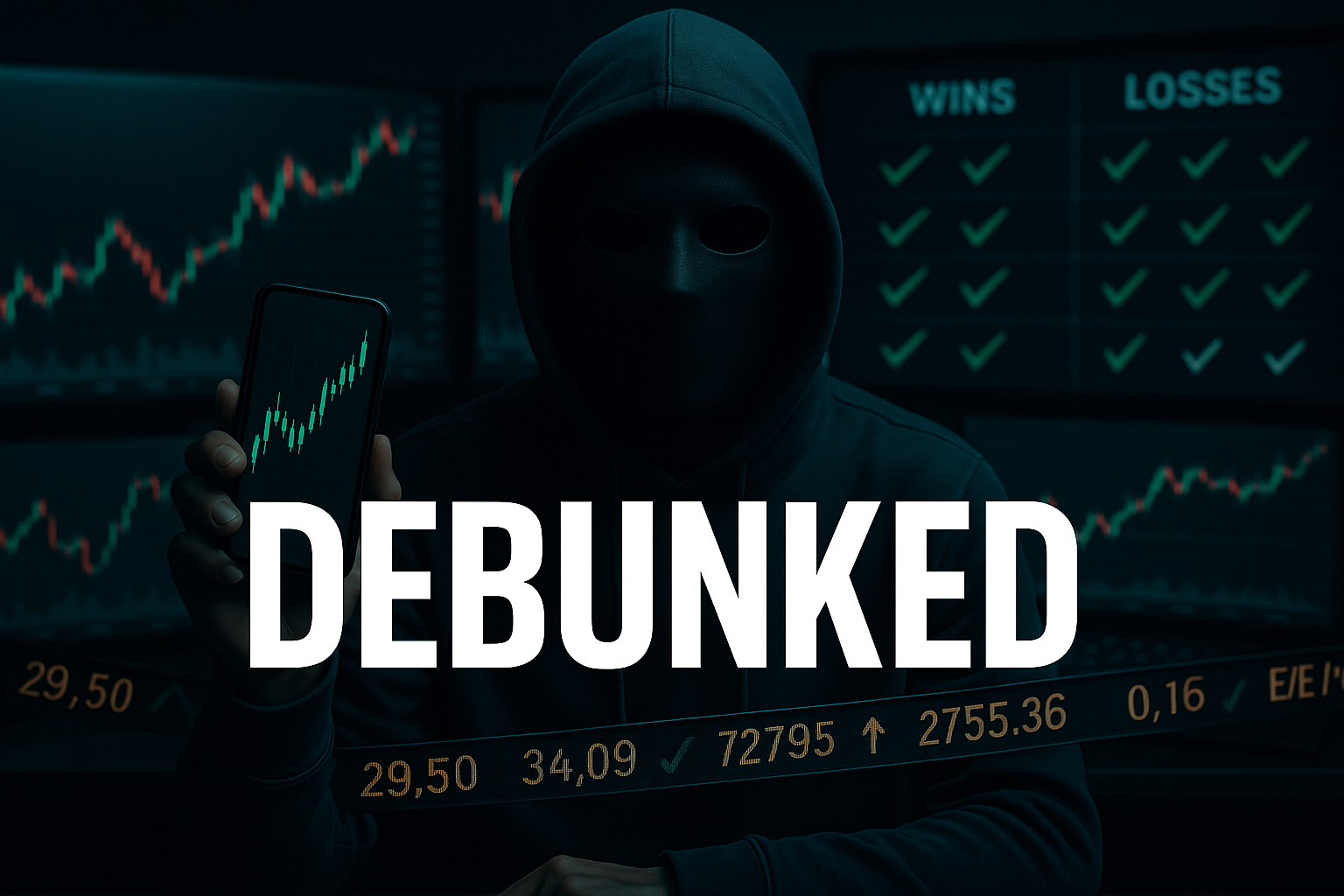Not all badges mean safety. Tier-1 offers hard protections (segregated funds, leverage caps); Tier-2 is mixed; Tier-3 is light. Always check which entity regulates your account and the trade-offs on leverage and costs—see how this choice safeguards your capita
When people start looking for a trading broker, the first thing they notice is the logos. Scroll down to the bottom of almost any broker’s website and you’ll see them lined up: “Licensed by XYZ Authority,” “Regulated by ABC Commission,” “Registered under DEF.”
At first glance, these stamps of approval look reassuring. After all, if a regulator signed off, the broker must be safe—right? The reality is more complicated. Not all regulators are equal, and the differences matter far more than most traders realize. Some regulators are strict, enforce investor protections, and actively police the market. Others provide little more than a registration number, leaving clients effectively on their own.
This raises a critical question: how should you evaluate a broker’s regulatory claims? And perhaps more importantly, what trade-offs are hidden behind those shiny badges of oversight?
Why Regulation Comes First
Every broker ranking begins with regulation because it is the single most important safety net. Think of regulation as the referee in a sports game. Without a referee, players might bend or break the rules, and weaker participants could be steamrolled. A strong referee enforces boundaries—ensuring no one cheats, punishes fouls, and keeps the game fair.
In trading, regulation works the same way. A strong regulator requires brokers to segregate client money from company funds, imposes leverage limits to prevent reckless losses, and enforces disclosure standards so that customers aren’t misled. A weak regulator may do none of these things.
That’s why regulatory oversight sits at the core of broker rankings. It’s not about paperwork; it’s about whether someone has the authority and willingness to step in if something goes wrong.
The Four Floor Tests
To make sense of the patchwork of global oversight, a structured system is needed. That’s where the “Four Floor Tests” come in. Before a regulator can even qualify for higher-tier recognition, it must pass all four of these minimum standards:
- Licensing of activity. The regulator must explicitly authorize foreign exchange (FX) and contracts for difference (CFD) trading. A simple business registration isn’t enough.
- Retail product controls. There must be at least some statutory measures, such as leverage caps, automatic close-out rules, or standardized risk warnings.
- Client money protections. Clear rules must exist for segregating customer funds, ensuring they are not mixed with a broker’s operating capital.
- Active oversight. Evidence of real supervision must be present—regular audits, inspections, and enforcement actions.
If even one of these elements is missing, the regulator is automatically downgraded to the lowest tier. This avoids giving false comfort where meaningful protections don’t exist.
The Three Tiers of Oversight
Once regulators pass—or fail—the floor tests, they are sorted into three broad tiers. Each reflects how protections work in practice, not just on paper.
Tier 1: On-Shore Heavyweights
Tier 1 regulators are the gold standard. These include the SEC and CFTC in the U.S., the FCA in the U.K., ASIC in Australia, MAS in Singapore, FINMA in Switzerland, JFSA in Japan, and ESMA across the EU.
What sets them apart is not only that they license FX and CFD activity but that they hard-code retail protections into law. For example, Europe’s ESMA requires negative balance protection, caps leverage at strict levels (as low as 30:1 for major FX pairs), and mandates clear risk warnings on marketing. The FCA and ASIC enforce similar rules, along with stringent capital requirements for brokers.
Tier 1 oversight is active, visible, and often punitive. Brokers that misbehave face fines, license suspensions, or outright bans. For traders, this means a high degree of safety—though it often comes with trade-offs, as we’ll see.
Tier 2: Mid-Shore Compromises
Tier 2 regulators represent a middle ground. Examples include the DFSA in Dubai, the FMA in New Zealand, the FSC in Mauritius, and the FSRA in Abu Dhabi.
These regulators issue genuine licenses and apply anti–money laundering (AML) and prudential standards. They ensure brokers hold a certain amount of capital and follow reporting requirements. However, they may leave retail protections—such as leverage limits or standardized risk warnings—to the discretion of the broker.
This results in meaningful oversight but not the full safety net provided by Tier 1. Brokers under Tier 2 regulators often strike a balance between operational flexibility and investor confidence, which is why many firms choose to be based here.
Tier 3: Offshore Lightweights
Tier 3 regulators are at the bottom. These are often company registries or lightly supervised commissions in jurisdictions such as the Seychelles, Belize, or the British Virgin Islands.
They may not even explicitly cover FX or CFDs. Instead, they provide little more than a registration certificate, with minimal rules about client funds or leverage. Some authorities even state outright that they do not regulate trading activity.
For traders, this means almost no meaningful protection. If a broker collapses or mishandles funds, there is usually no recourse. Yet, ironically, Tier 3 licenses are common in the industry because they are cheap, fast to obtain, and allow brokers to offer high leverage without restrictions.
The Trade-Offs Few Talk About
At this point, the conclusion might seem obvious: stick with Tier 1. But the reality isn’t always that simple.
Choosing a Tier 1 regulator comes with benefits and costs. Yes, you get strong protections, but you also face strict leverage caps and higher spreads. For instance, brokers under the FCA in the U.K. must cap leverage for retail clients at 30:1 on major forex pairs. That makes blow-ups less likely but also limits potential returns for traders chasing bigger risks.
Meanwhile, Tier 3 regulators allow brokers to offer leverage as high as 500:1. For experienced traders, that flexibility might be appealing. But the price is clear: almost no safety net if the broker goes bust or engages in questionable practices.
Another nuance: many brokers operate multiple entities across different jurisdictions. A firm may advertise that it is “FCA regulated,” but your account might actually be opened under its Seychelles or Belize subsidiary. In that case, the protections you thought you were getting don’t apply to your account at all.
This is where the marketing can be misleading. A broker with a dozen licenses may look impressive, but if all of them are Tier 3, the coverage is weak. Conversely, a broker with just one Tier 1 license may provide stronger protection for accounts actually held under that authority.
Real-World Examples
Recent enforcement actions underscore these differences. In 2024, the FCA fined several brokers for misleading marketing and poor client disclosures. Meanwhile, ASIC in Australia suspended licenses for firms that failed to meet capital requirements. These visible penalties show Tier 1 regulators are active referees.
Contrast this with offshore jurisdictions, where enforcement actions are rare, if they happen at all. A broker can mismanage funds, disappear overnight, and clients often have no realistic path to recover their money. The offshore regulator may simply point out that it never claimed to oversee trading activity in the first place.
What This Means for Traders
So what should traders do? First, understand that regulation is not a yes/no question but a spectrum of strength. The tier system helps frame that reality. Second, recognize the trade-offs: Tier 1 means stricter protections and higher costs; Tier 3 means more freedom but higher risk.
Most importantly, don’t assume that a broker’s best license applies to your account. Always check which entity you’re signing with, and what regulator actually oversees that entity. This information is usually buried in the account agreement or disclosure documents—meaning you need to read the fine print.
The Bottom Line
Not all regulators are equal, and more logos don’t necessarily mean more safety. A Tier 1 license offers strong safeguards but also tighter limits and potentially higher spreads. A Tier 3 license offers looser conditions but almost no real oversight.
The smartest approach is not to chase the highest leverage or the longest list of regulators but to ask the hard question: “Which regulator covers my account?”
In the end, the difference between a solid safety net and no guardrails at all often comes down to the fine print. For new investors especially, that detail could be the line between steady progress and costly regret.

